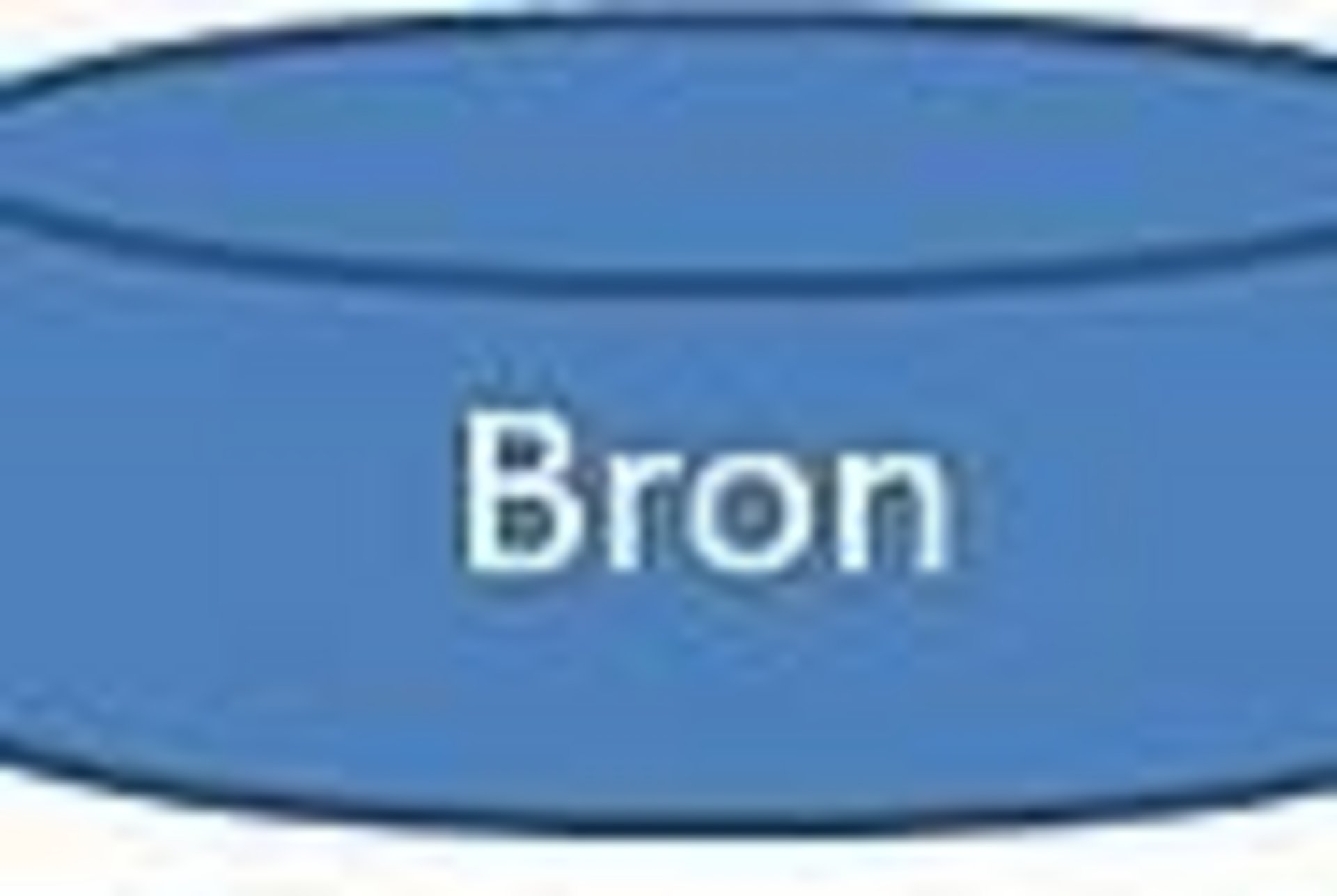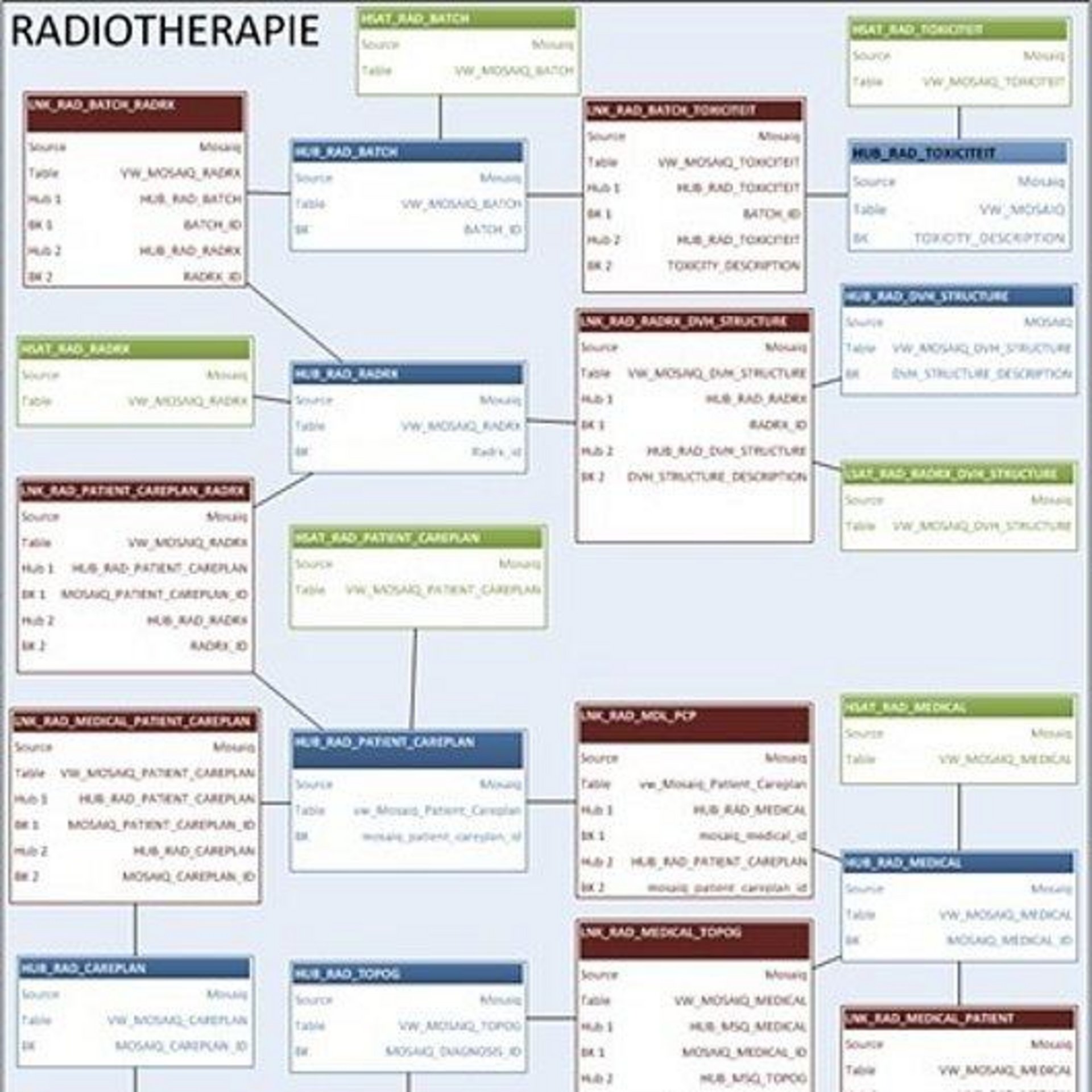Patrick Lubbers, NKI-AVL Amsterdam
Introduction
Over the last decade information on clinical diagnosis and treatment has been stored more and more digitally. However, typically the information is scattered over many different clinical applications. To able to use this digital information in a more integral way for research, clinicians and, of course, patients remains a challenge.
Methodology
O’Leary et al (2011), Inmon (2002) en Kimball (2000) introduce different ways of a development process. This project uses the “bottom-up” approach: an overall approach is developed starting from actual questions from research and clinical practice. This approach ensures already short-term results. To enable a correct integration of clinical data the design uses semantic standards, like SNOMED-CT and ICT-10, as well as Detailed Clinical Models (DCM, http://www.nictiz.nl/gog)
Design
The basis of the design is the ETL methodology (Extract, Transform, Load); additional modules have been designed to cover the dynamic and semantic requirements of clinical data. The datamodel is modeled using DCM’s; enabling data extracted from several sources to be integrated. The Datavault technology further enables the addition of the element of time. Data governance rules have been set for the requests of information.
Results
Data are extracted and integrated in a correct manner. Using the time element of the Datavault technology data can be analyzed over time, even when the original data sources do not exist any more. The modular approach allows for the easy addition of new clinical applications. The data governance ensures compliances with internal and legal rules.
Patrick Lubbers MSc PDeng
During his training in Clinical Informatics, Patrick has worked at NKI-AVL in Amsterdam. He was supervised by Michiel Sprenger (TU/e), Roel Sijstermans and Joost Deetman from NKI-AVL. After completion of the project Patrick stayed at NKI-AVL further extending the design he has made during his training.

